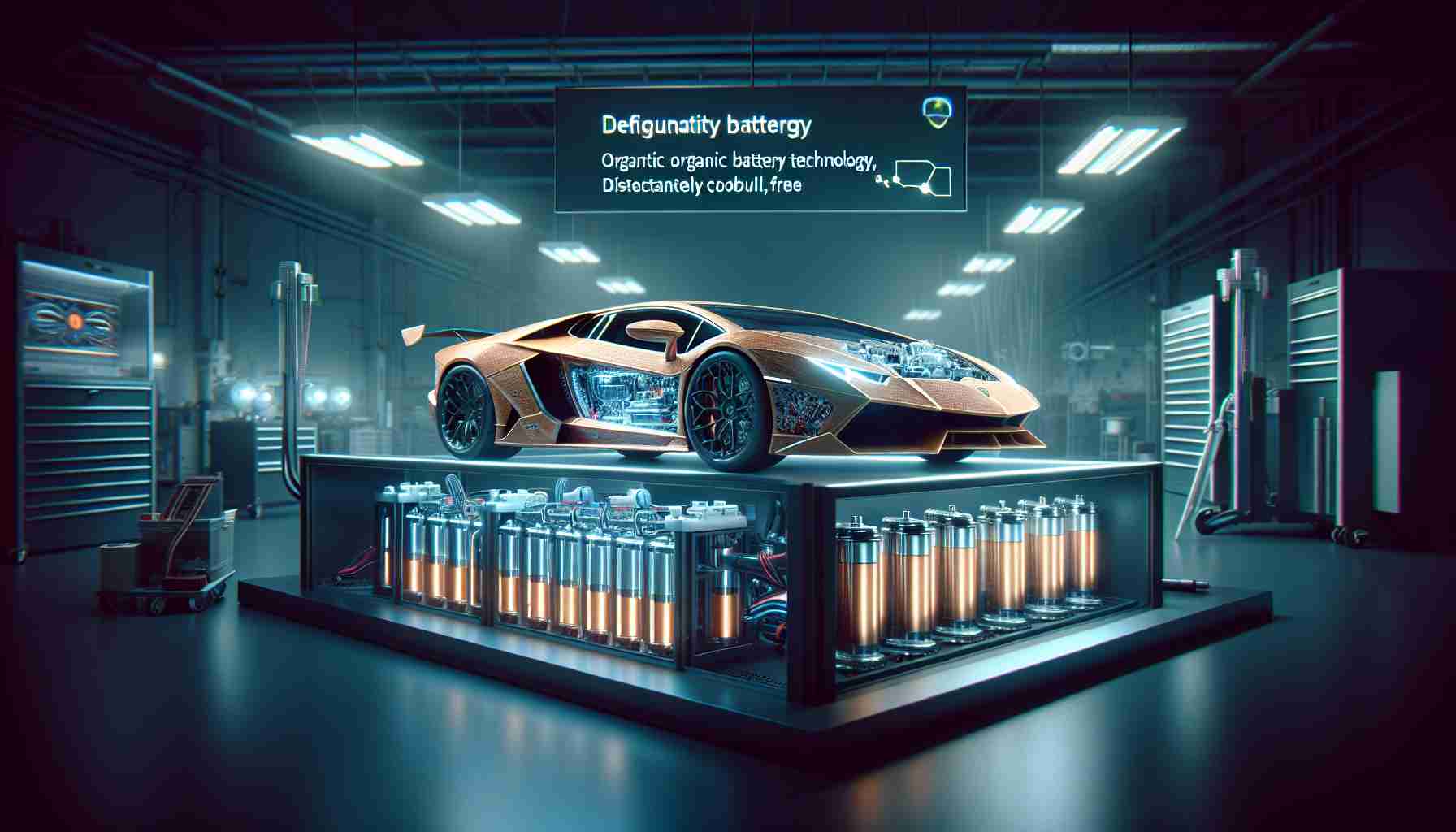MIT researchers have designed a new lithium-ion battery that includes a cathode based on organic materials instead of cobalt or nickel.
In a paper published in the journal ACS Central Science, the researchers explain that the battery is based on a new material that could be produced at a lower cost than cobalt and can conduct electricity at similar rates as the bluish-gray metal. The new battery also has comparable storage capacity and can be charged up faster than cobalt batteries.
“Cobalt batteries can store a lot of energy, and they have all of the features that people care about in terms of performance, but they have the issue of not being widely available, and the cost fluctuates broadly with commodity prices. And, as you transition to a much higher proportion of electrified vehicles in the consumer market, it’s certainly going to get more expensive,” head researcher Mircea Dincă said in a media statement.
About six years ago, Dincă’s lab began working on a project, funded by Lamborghini, to develop an organic battery that could be used to power electric cars. While working on porous materials that were partly organic and partly inorganic, he and his students realized that a fully organic material they had made appeared that might be a strong conductor.
This material consists of many layers of TAQ (bis-tetraaminobenzoquinone), an organic small molecule that contains three fused hexagonal rings. These layers can extend outward in every direction, forming a structure similar to graphite. Within the molecules are chemical groups called quinones, which are the electron reservoirs, and amines, which help the material form strong hydrogen bonds.
Those hydrogen bonds make the material highly stable and also very insoluble. That insolubility is important because it prevents the material from dissolving into the battery electrolyte, as some organic battery materials do, thereby extending its lifetime.
“One of the main methods of degradation for organic materials is that they simply dissolve into the battery electrolyte and cross over to the other side of the battery, essentially creating a short circuit. If you make the material completely insoluble, that process doesn’t happen, so we can go to over 2,000 charge cycles with minimal degradation,” Dincă said.
Strong performance
Tests of this material showed that its conductivity and storage capacity were comparable to that of traditional cobalt-containing batteries. Also, batteries with a TAQ cathode can be charged and discharged faster than existing batteries, which could speed up the charging rate for electric vehicles.
To stabilize the organic material and increase its ability to adhere to the battery’s current collector, which is made of copper or aluminum, the researchers added filler materials such as cellulose and rubber. These fillers make up less than one-tenth of the overall cathode composite, so they don’t significantly reduce the battery’s storage capacity.
These fillers also extend the lifetime of the battery cathode by preventing it from cracking when lithium ions flow into the cathode as the battery charges.
The primary materials needed to manufacture this type of cathode are a quinone precursor and an amine precursor, which are already commercially available and produced in large quantities as commodity chemicals. The researchers estimate that the material cost of assembling these organic batteries could be about one-third to one-half the cost of cobalt batteries.
Lamborghini has licensed the patent on the technology. Dincă’s lab plans to continue developing alternative battery materials and is exploring the possible replacement of lithium with sodium or magnesium, which are cheaper and more abundant than lithium.




